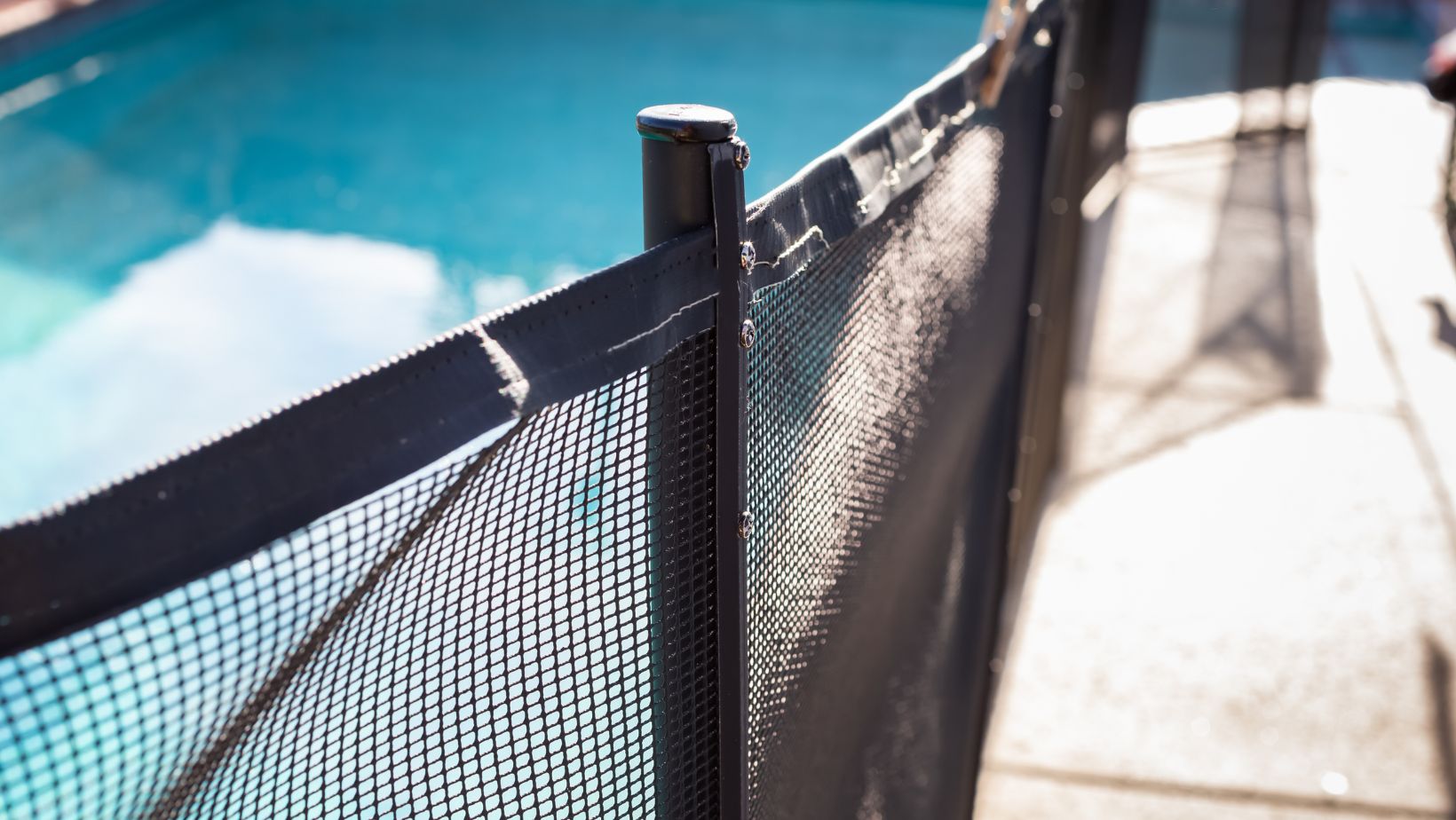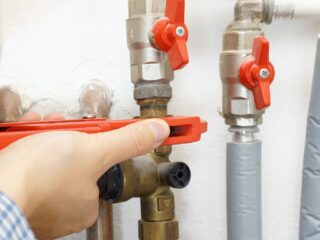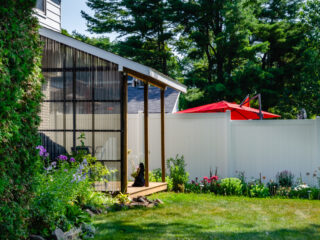
When considering installing a pool fence, it’s essential to understand the factors that can impact the overall cost. While safety should always be the top priority for pools, budget is also essential for many homeowners.
In this guide, we’ll break down the different elements that can affect pool fence installation costs and provide tips on how to keep your costs within budget.
Material
The fence materials used for a pool fence can significantly impact the installation. The most common materials used for pool fences include aluminum, vinyl, wood, and wrought iron. Each material comes with its price point and level of durability, so it’s essential to consider these factors when choosing the suitable material for your pool fence.
Aluminum is typically the most budget-friendly option, with an average cost of $20-$30 per linear foot. It’s durable and low maintenance, making it a popular choice for many homeowners.
Vinyl is another affordable option, with an average cost of $25-$40 per linear foot. It’s also known for its durability and low maintenance, but it can be limited in design options. This can help increase home value.
Wood is a popular choice for its natural and classic look, but it tends to be more expensive at an average cost of $30-$50 per linear foot. Additionally, it may require more maintenance over time compared to other materials.
Labor
The labor costs for pool fence installation can vary greatly depending on the complexity of the project and the location. Generally, labor costs can range from $20-$40 per linear foot.
If you’re hiring a professional for installation, getting quotes from multiple providers to compare prices and services is essential. It may also be helpful to ask for referrals or read reviews from previous customers to ensure quality work.
If you need the best, be sure to visit Myfenceco.com. They offer top-notch pool fence installation services at competitive prices, with experienced and skilled professionals to ensure a high-quality job.
Permits
In many areas, a permit is required for pool fence installation. The cost of these permits can vary depending on your location and the type of fence you’re installing.
Be sure to factor in permit costs when budgeting for your pool fence installation. Local regulations and guidelines may also impact the type of material or design allowed for your pool fence.
Maintenance
Aside from the initial installation costs, it’s essential to consider the long-term maintenance costs of a pool fence. Some materials may require more frequent maintenance, such as wood fences needing to be stained or sealed every few years.
When getting quotes from professionals, ask about maintenance for different materials. Also, think about your pool’s location. Will it face harsh weather that could harm the fence?
Fence Height and Design
The height and design of a pool fence are essential for aesthetics and meeting safety standards and regulations. Most local codes require pool fences to be at least 4 feet tall, with no gaps larger than 4 inches between slats.
However, some areas may have different height requirements or additional regulations. Installers will know local rules. They can help you pick a safe and good-looking design.
Choosing the Ideal Pool Fence Installation
The pool fence installation cost can vary greatly depending on factors such as material, labor, permits, maintenance, and design. It’s essential to carefully consider these elements and budget accordingly when planning for a pool fence. Remember to research different materials and get multiple quotes from professionals before deciding.
Visit our website for more like this.







